Lavender, English Lavender, True Lavender, Garden Lavender, Common Lavender, Narrow-Leaved Lavender

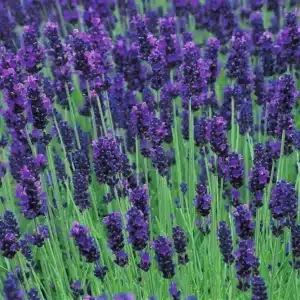
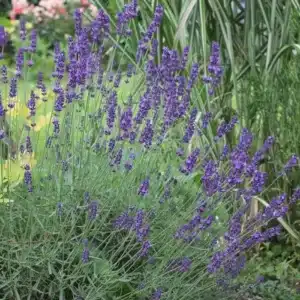
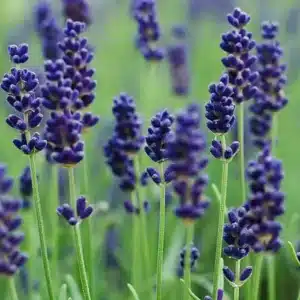
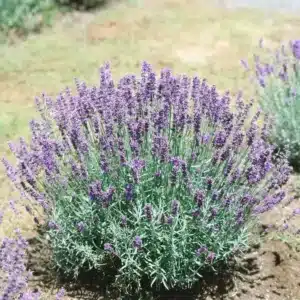
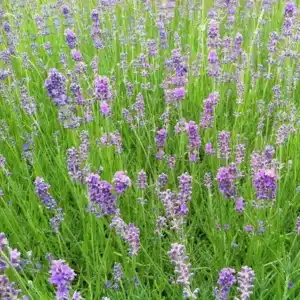
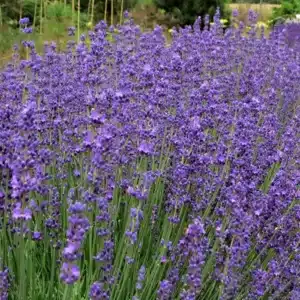
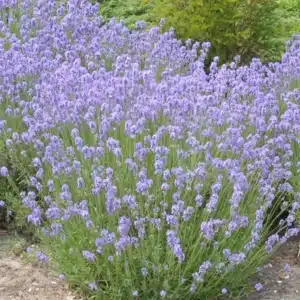
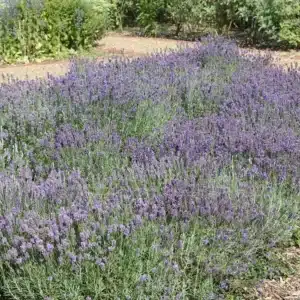
‘English Lavender’ must be planted in an area receiving six or more hours of direct sunlight daily. The plant requires little irrigation, once established, but will need to be watered every two or three days when first planted. ‘English Lavender’ needs to be planted in soil with sharp drainage to prevent fungal diseases. All lavender varieties prefer an arid environment and do not perform well in heavy clay soil, unless gritty sand is added to improve drainage. Spring or fall are the best times to plant lavenders so that they have a chance to establish while temperatures are mild. ‘English Lavender’ does not need organic compost or fertilizer added to the soil. This plant is happiest in poor, well-draining, alkaline soil and can be propagated from root division or stem cuttings. Seed should be sown in spring and barely covered, but can take as long as a month to germinate.
‘English Lavender’ thrives in arid conditions with minimal water. Once established, lavender plants require little irrigation. For best flowering in the heat of summer, the plant may respond well to a watering once every two weeks, but the soil must be allowed to dry completely between each watering. Excessive moisture will quickly cause root rot or fungal disease. ‘English Lavender’ should not be watered at all when it is dormant in winter.
Lavender prefers nutrient poor soil. Heavy fertilization may cause excess foliage production and the plant may never flower. Only fertilize lavender at start of growing season by amending soil with compost. Alternatively, a very small amount of slow release fertilizer may be applied to the soil during spring. Note that fertilizers rich in nitrogen may be harmful to lavender plants.
‘English Lavender’ should be pruned back heavily to about a third after blooming and can be lightly trimmed at any time to maintain an attractive, mounded form. Spent flowers should be deadheaded often to promote new blooms.
‘English Lavender’ is highly-resistant to pests and diseases if provided with full sunlight daily and sharp soil drainage. Lavenders are most frequently killed by over-watering, which leads to fungal disease and root rot.










